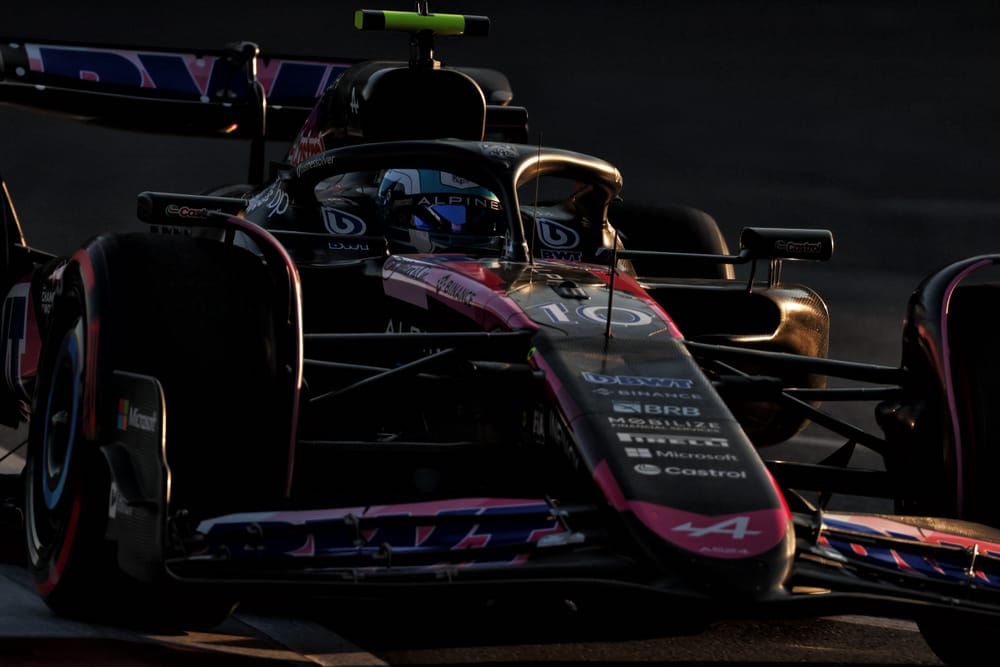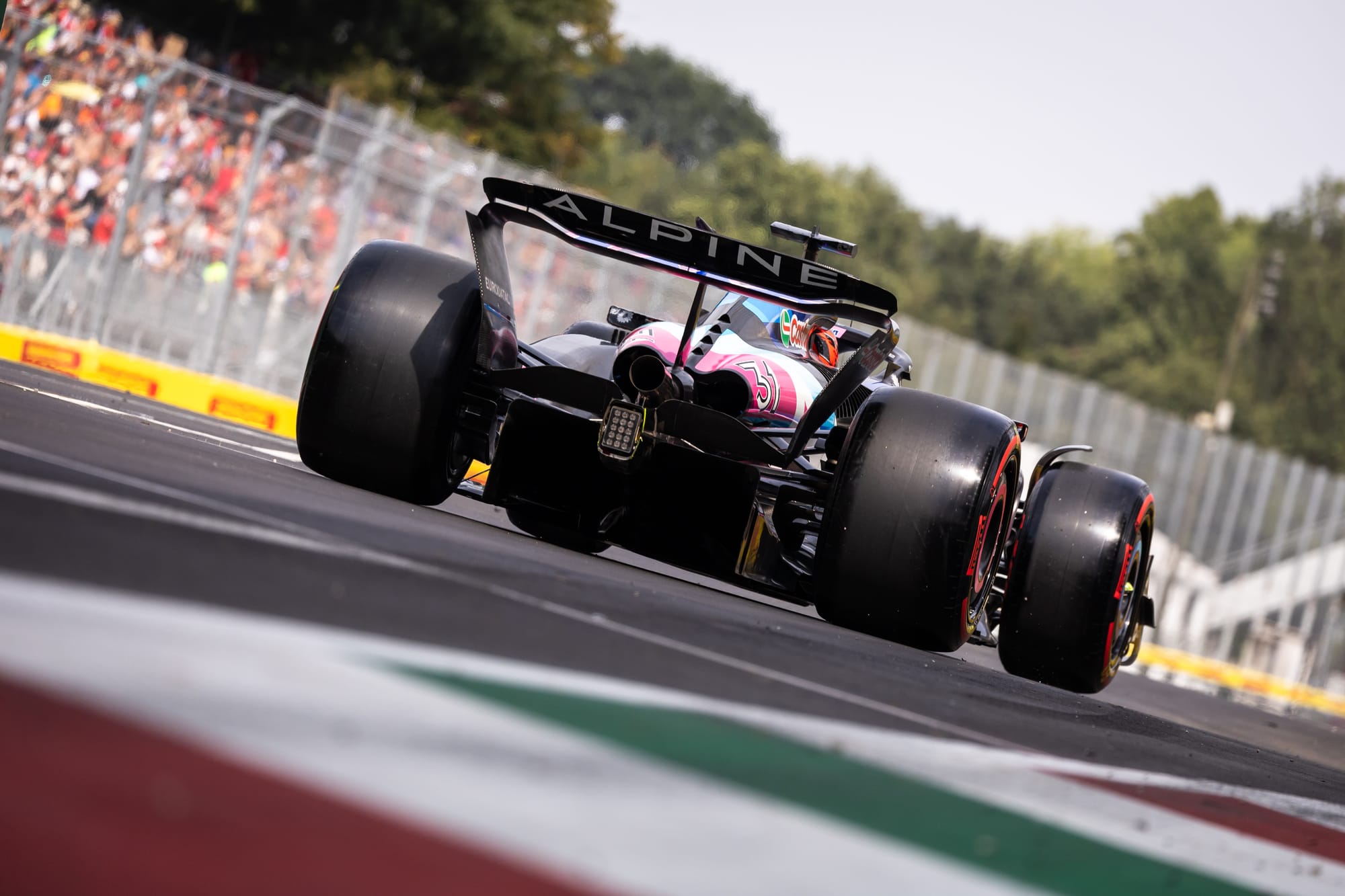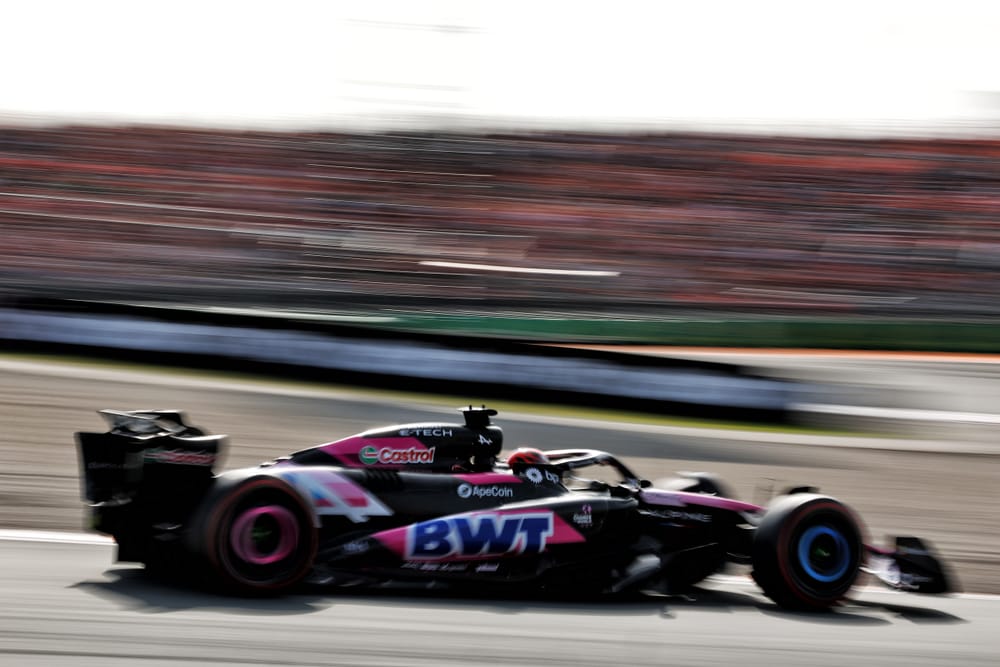Up Next

Alpine's deep review of its Formula 1 project includes the team's base at Enstone, not just the Renault engine programme, as it reaches its "most critical point for the next few years".
A review of Alpine's Viry-Chatillon site and pursuit of a Mercedes customer engine supply has received significant attention in the last couple of months because it would mean the end of a fully-fledged Renault works team and engine operation.
But the Enstone side is not exempt from scrutiny and is also being looked at in detail, even though it does not face drastic action like being shut down, as Alpine attempts to undo the damage of recent management problems and reset itself for F1's big regulatory overhaul in 2026.
"This is probably now the most critical point of the team and the company for the next few years," said team principal Oliver Oakes.
"This next six months is where we really need to get the right balance, the right priorities."
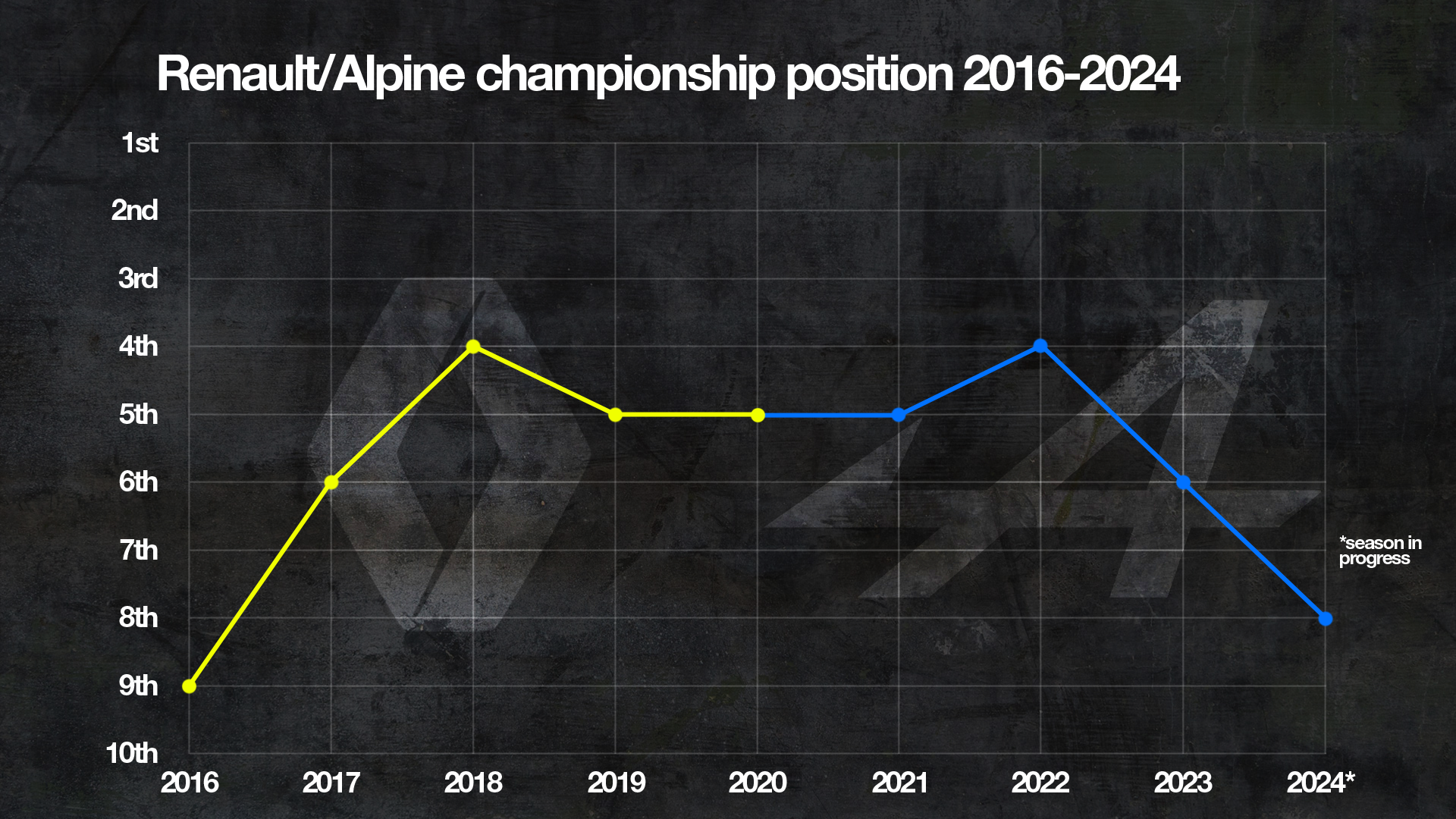
Alpine has fallen from fourth in the constructors' championship in 2022 to sixth last year and is eighth in the current standings after an awful start to 2024 that the team has at least recovered from to get back to point-scoring respectability.
In that time, it has dropped both Otmar Szafnauer and Bruno Famin as team principal, removed its highly involved ex-CEO Laurent Rossi, and had other high-profile departures including long-serving sporting director Alan Permane and technical leaders Pat Fry and Matt Harman.
Oakes took charge at Alpine in August, replacing Famin in the second of two significant Alpine management changes this summer - the other being former Renault F1 boss Flavio Briatore returning to the organisation working as executive advisor to Renault CEO Luca de Meo.
Their priority is to address issues thought to have been caused by mismanagement and internal politicking, and ensure Alpine is well-positioned to make the most of the start of the 2026 rules given that will also define the years that follow.
Reviewing the engine programme is part of establishing a new long-term strategy but so is evaluating how much Enstone must be improved too, as Alpine cannot just assume that changing the engine will completely transform its competitiveness.
There is still a need to assess the infrastructure, organisation and staff level in important areas such as aerodynamics, and make the right choices in terms of where Alpine invests its time and financial resources. That also goes for how much focus it puts on its 2025 car given aerodynamic testing for 2026 is permitted from January 1 next year.
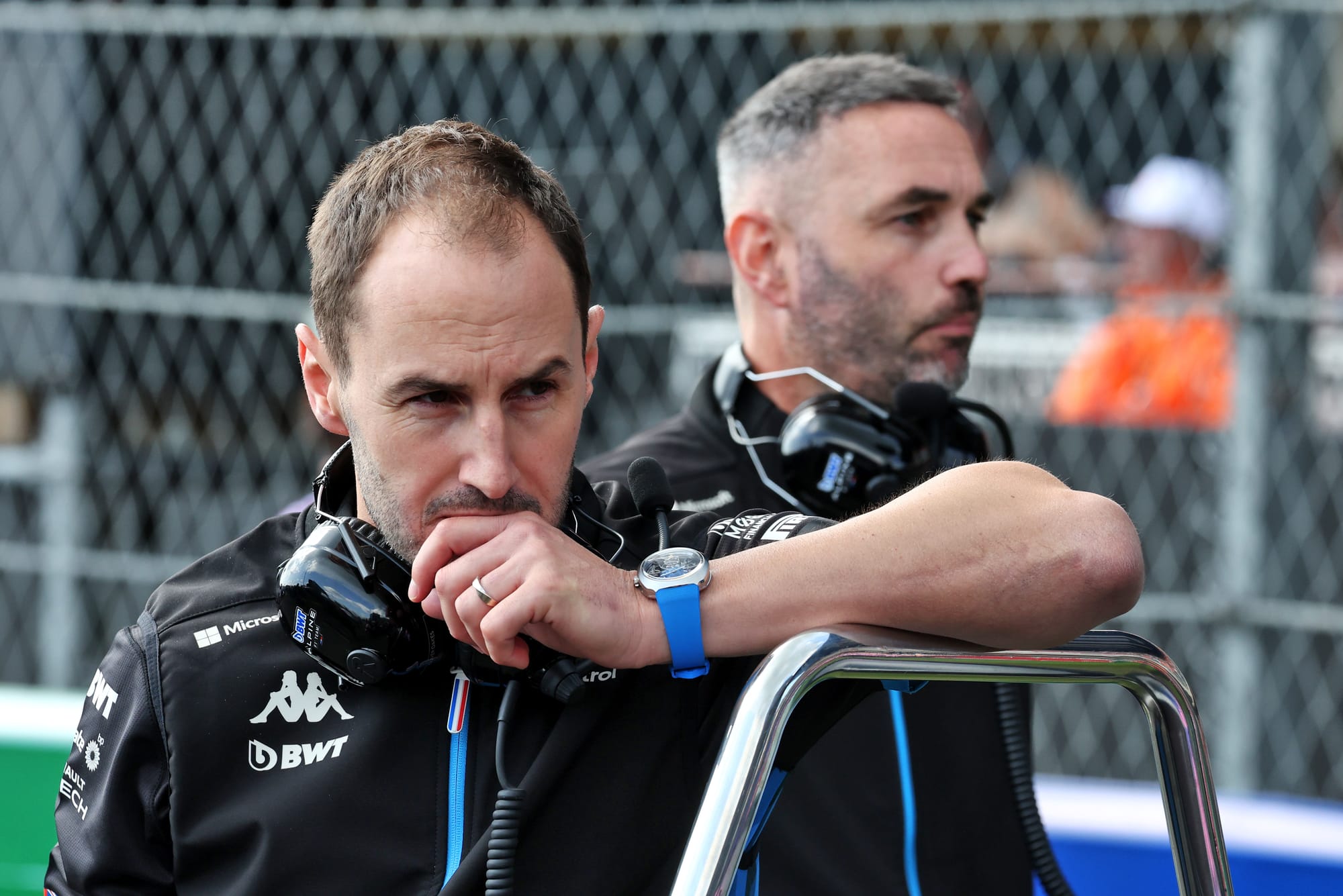
"There's obviously certain sensitive topics at the moment, they've been spoken about a lot - I think what hasn't been spoken about much is about what we're planning to do in Enstone," said Oakes.
"Viry's undergoing a bit of an assessment of the project and the same thing's going on at Enstone.
"We need to understand, actually, where we are good, where we need to improve and also what changes need to be made as a small evolution and step forward, particularly as we are coming into that transition now with '26 on the horizon.
"It is a pretty big time in F1 and from my point of view, it's quite fortunate to have landed straight after the [August] shutdown.
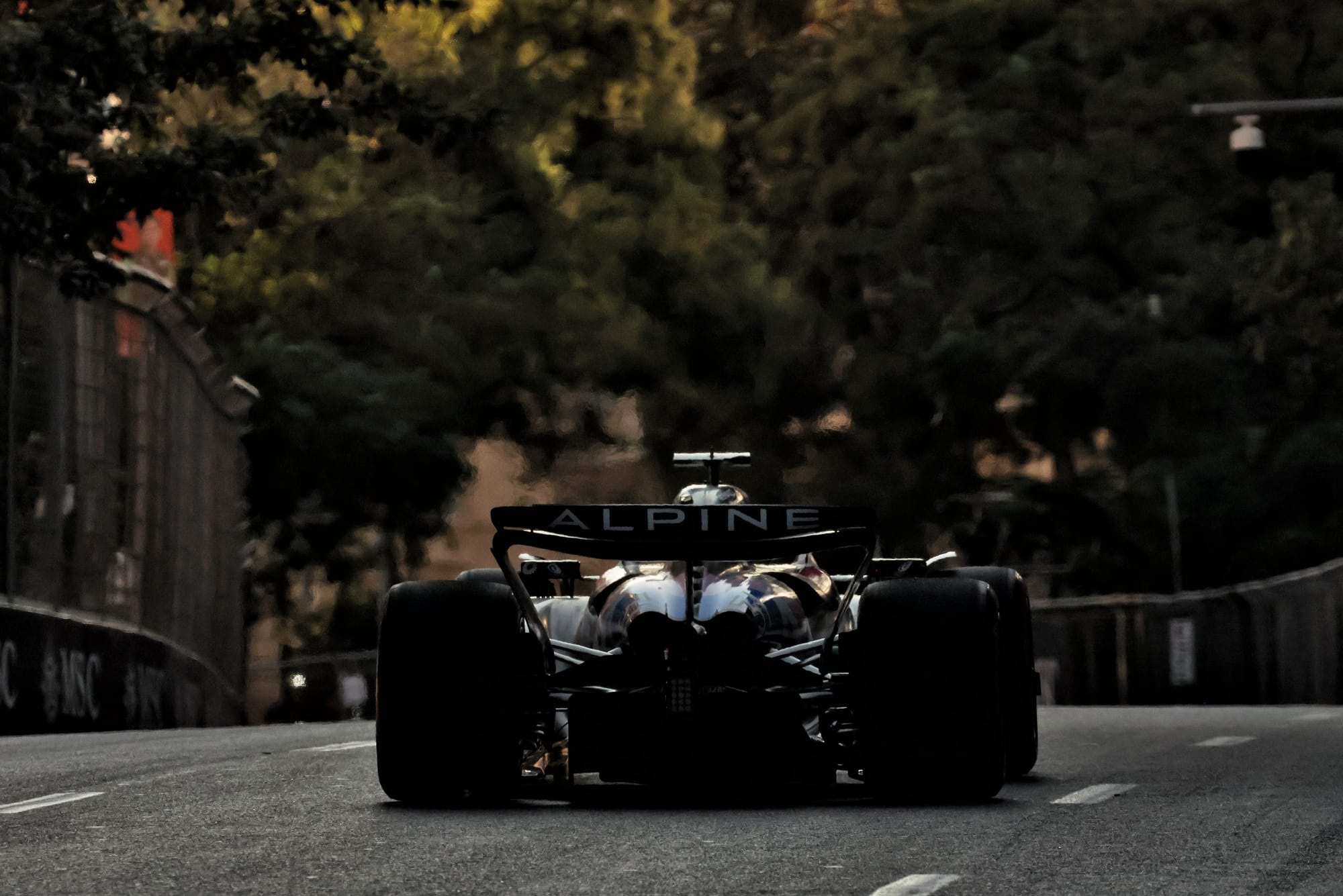
"I've got a bit of time to influence the direction we're going in and make sure what happened at the beginning of the year, and the decisions that were made last summer that caused that problem, that we try to mitigate that.
"This team hasn't forgotten how to build a good race car and to go racing, it's done that through every cycle of regulations, which is pretty impressive really."
Enstone was a world championship-winning team in the 1990s, as Benetton, and then the first iteration of Renault's works entry in the 2000s. It still managed to win two races after Renault sold the team and Enstone ran under the Lotus name in the early 2010s but was severely under-financed, and slipped in competitiveness.
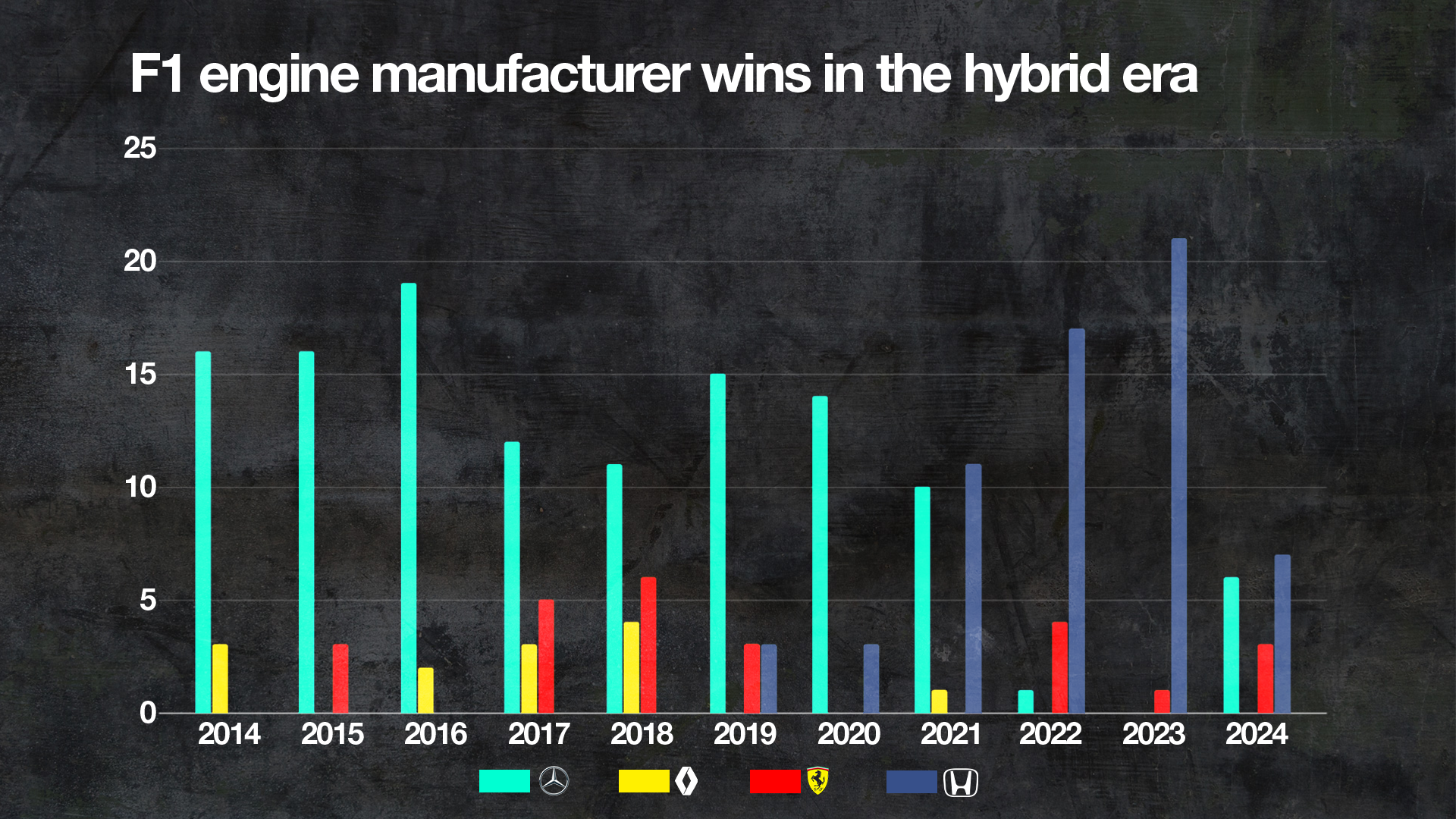
Since Renault bought it back ahead of the 2016 season it has continued to invest in growing the team to a 1000-strong workforce and redeveloping the facilities, including the previously commissioned new simulator that should be online in 2025. But the instability in the senior management throughout the team has been a major problem.
Alpine's new leaders feel staff at Enstone proved their capabilities by producing F1's fourth-best car just two years ago. There is also confidence in the technical leadership that was revised earlier this year before Briatore and Oakes joined. However, further refinement is always possible, in addition to running the team in a way that actually gets the most out of its people again.
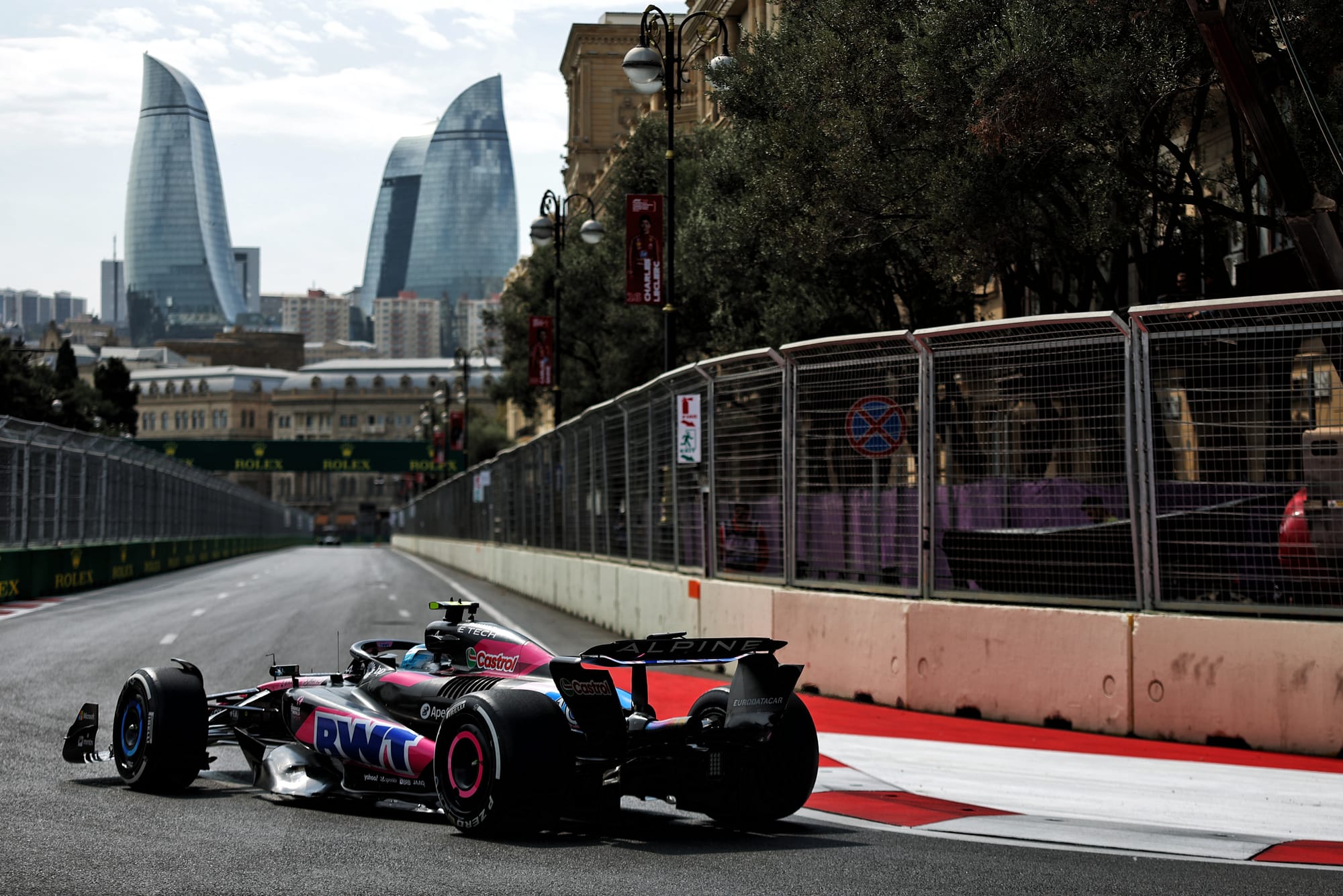
"I know pretty well some of the stories that have gone on at Enstone, the long statements made, and I knew how that had an adverse effect in different ways," said Oakes.
"The main thing I came with was a clean sheet of paper: where are we at now, what things have we done right or haven't we done right? And you also want to listen a bit as well to some of that, because you need to get to the bottom of it - it's never as simple as one person, one mistake. There's always loads of things that have gone into it.
"Enstone knows what it's doing, it just genuinely needs some leadership, and it needs support. I'm going to say this because it's on my shoulders, but I think it's actually got a clear vision now and clear leadership with me and Flavio there.
"We're committed. I enjoy being there and it does require full commitment from those who are running it, and I think the place probably hasn't had that for a couple of years.
"That's the biggest thing I wanted to bring, that there's someone there who takes the bullet for the team, gives them the support and the direction they need."


